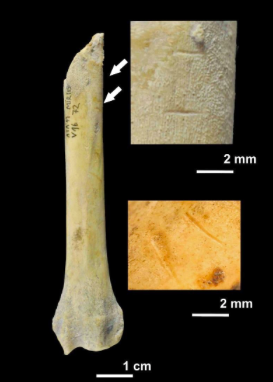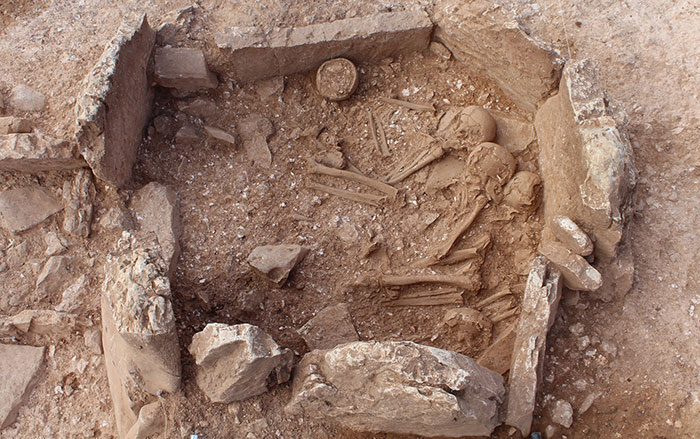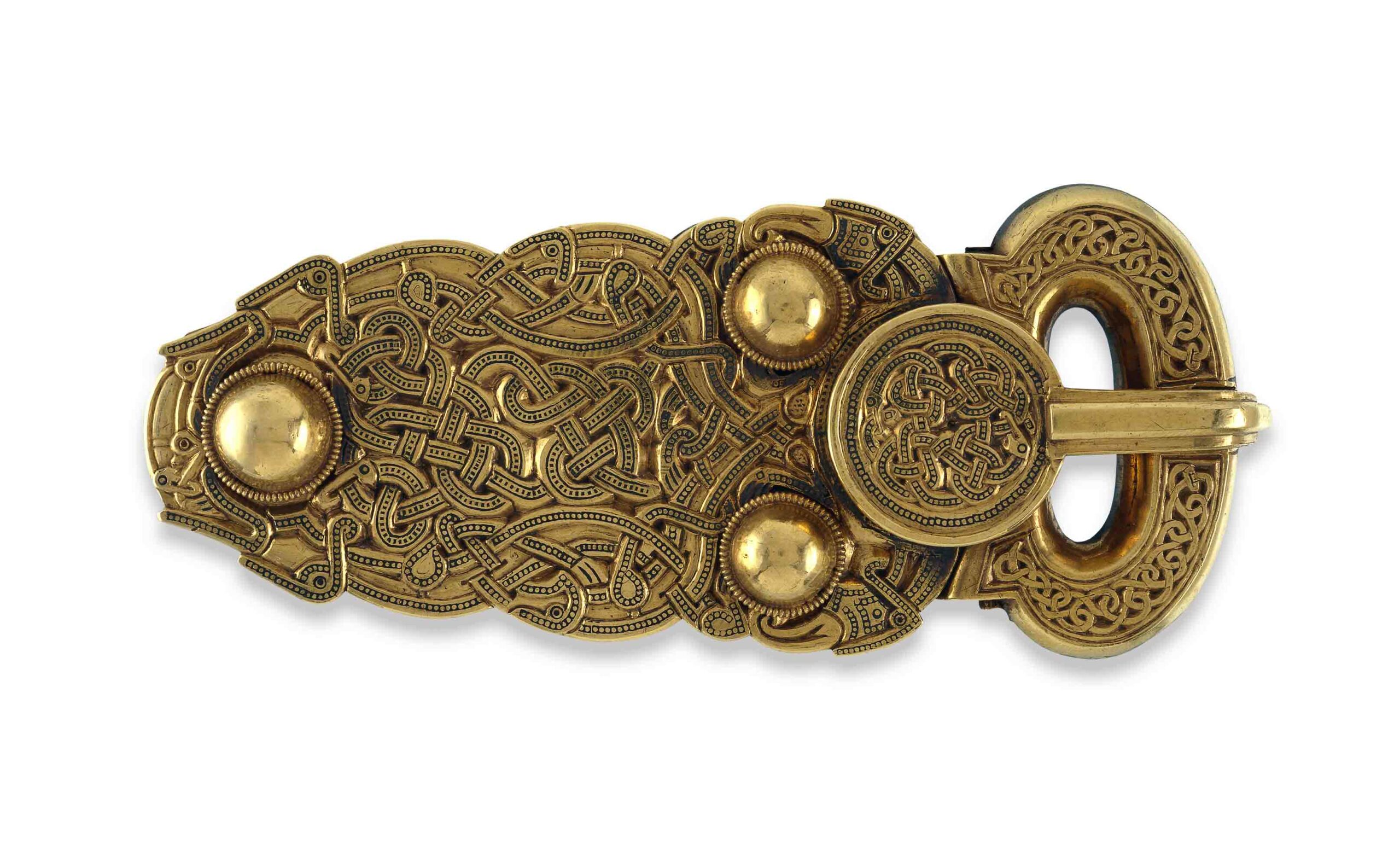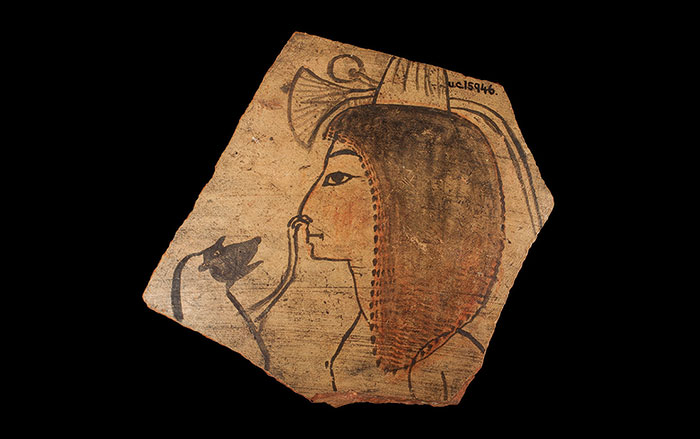
TARRAGONA, SPAIN—Human tooth marks and cut marks have been found on the bones of small carnivores in El Mirador Cave at Atapuerca. The cave had been used to shelter flocks of sheep and cattle, but humans also sporadically consumed domestic dog, wild cat, fox, and badger, between 7,200 and 3,100 years ago. “In El Mirador Cave, the dogs were disarticulated, defleshed, and boiled. In this site this has been observed both in the Neolithic as in the Bronze Age levels. It occurs occasionally in various episodes, but has temporal continuity,” said Patricia Martin of the Catalan Institute of Human Paleoecology and Social Evolution. She notes that the wild animals may have been accidentally captured and consumed, and that the dogs may have been eaten at a time of food shortage, or even may have been butchered for their skins. To read more about discoveries at Atapuerca, see "First European."










